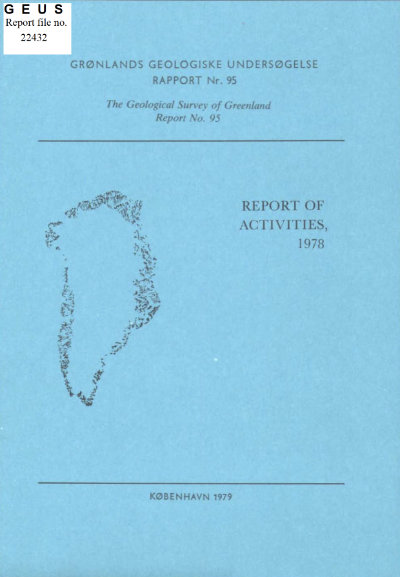Observations on the late Archaean Qôrqut Granite, Qôrqut, Godthåbsfjord, southern West Greenland
DOI:
https://doi.org/10.34194/rapggu.v95.7652Abstract
The Qôrqut Granite is an elongate body, 50 km Iong and up to 18 km wide, emplaced in the core of a broad NNE-SSW trending antiform (McGregor, 1973; Bridgwater et al., 1976). In the central part of the pluton are large areas of homogeneous granite but elsewhere the body consists of a complex association of granite and migmatised enclaves. The roof zone of the granite consists of gently-dipping sheets of granite and pegmatite separated by rafts of country rock, the latter retaining their original orientation well down into the main body of the granite. In the southern part of the pluton, two phases of granite may be recognised, an early biotite-rich phase and a later, more leucocratic, biotite-poor phase.
Downloads
Published
Issue
Section
License
This article is distributed under a CC-BY 4.0 licence, permitting free redistribution and reproduction for any purpose, even commercial, provided proper citation of the original work. Author(s) retain copyright over the article contents.


